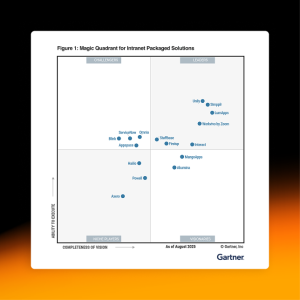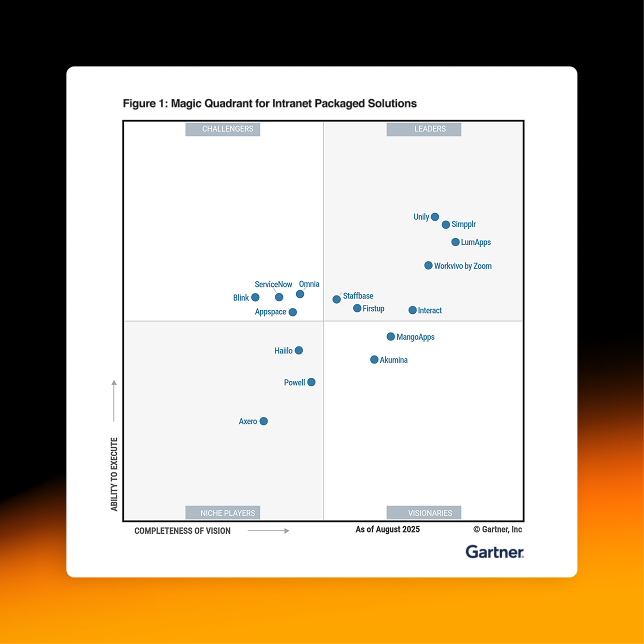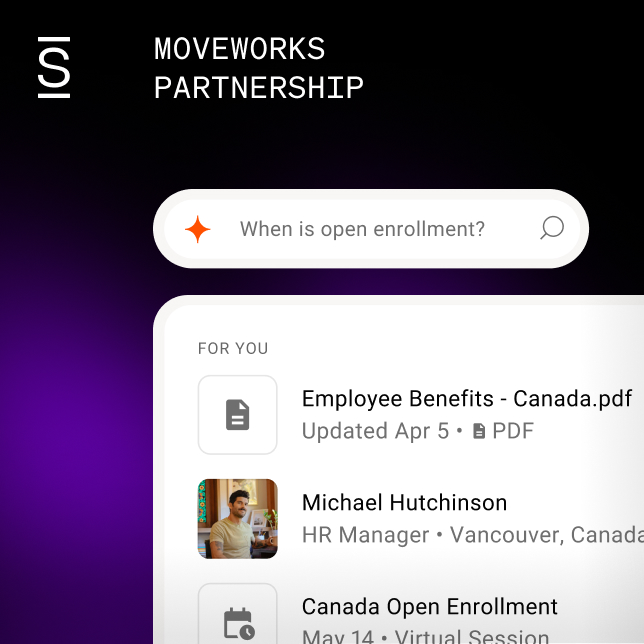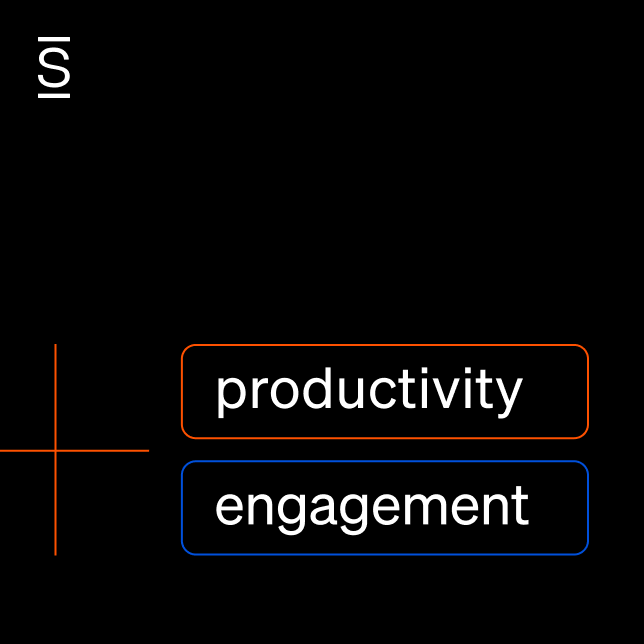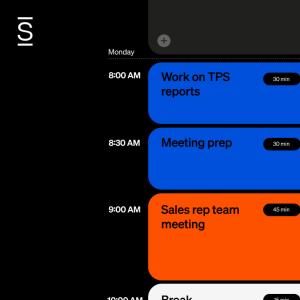What does it take for your employees to thrive working remotely? While many organizations are now working remotely, is anyone really doing it well? We talked with remote work expert Chase Warrington about what it takes to cultivate a thriving remote work environment—and a few pointers on what not to do in our latest Cohesion Podcast on Improving the remote work experience.
Like it or not, the remote worker is here to stay. And while there has always been some form of remote working, the last few years have catapulted the workforce full speed into the remote work realm. Unfortunately, this has left many stuck with the hasty solution of shoving everything onto Zoom and Slack and calling it remote. A lot must change if organizations want to stay relevant for the next generation of workers.
The remote work experience will be the defining factor for many of the future top talents. Gen Z is entering the workforce, and they expect a flexible work environment. So there is no better time than now to nail down a solid plan for creating a remote platform that allows for versatility and ease.
And who better to ask about creating a remote workplace that thrives than Chase Warrington, Head of Remote at Doist? Doist is an entirely remote workplace, and it has been remote-first since its inception in 2010. It is the pioneer in creating the best remote work experience.
Chase has seen the entire scope of remote work, from watching his mom tackle challenges as a remote nurse to working remotely in different distributed work environments since 2009. As a result, he understands how it feels to be the outsider working hybrid for an organization where the culture is focused on being in the office.
“It seems ridiculous for knowledge workers to have to sacrifice career, money, family, whatever the case may be, where they want to live just for their job when their job can be done from anywhere,” Chase says that his primary motivation as head of remote work. He believes that “there are companies that offer remote work, and there are companies that make sure remote employees thrive.” This is where the nuance comes in.
The nuance that helps remote workers thrive
Remote work cannot be executed begrudgingly or because your organization is afraid to lose its talent. It has to be done with intention, enthusiasm, and a high level of investment to see it thrive. Chase said that those who are doing it well look beyond the work and ask:
- How do we want to work day-to-day?
- What does our version of the one-on-one look like right now?
- What does the brainstorming session look like?
- How do we build social capital and human connection as a team?
The main defining factor of remote companies operating on a high level with hundreds of employees is that they are focused on asynchronous internal communications. One of the main objections to remote work is that organizations feel that it hinders production. Asynchronous communication solves this problem by allowing employees space to actually do their work.
Chase said that if you’re doing remote work right and focusing on asynchronous communications, you’ll find that “it really does help people focus. It keeps people from being addicted to their chat tools and just trying to ‘show up to work’ and allows them to get into a deep work state of mind where they can get a lot done and be very productive. On the other hand, it also forces you to stop focusing on whether or not someone’s present and, more so, what they are producing. And so it creates this whole environment that’s focused on outputs instead of inputs.”
Another essential practice is to be document-oriented. Having documents in an organization-wide public place so everyone can access and edit as needed. This keeps the documents updated in real-time and makes information easy to find.
It’s critical to invest in social capital and human connection. To support the human element of remote work during onboarding at Doist new hires are paired with a mentor. They then fly the new hire to spend a week with their mentor. The mentorship is their very first interaction with the company.
The big problems to solve for a remote-first work culture
While asynchronous work is important, it needs to be balanced with synchronicity. This can be a challenge and must be intentional. Bringing people back together in retreats or mini retreats is a great way to bring in human connection. Doist reinvests the money they would save from having an office to pay for everyone to come together. While there are challenges, there are ways to cultivate connection if you get creative.
Chase said that one of the most significant issues he sees in the remote work environment is “the knee-jerk reaction of taking everything you were doing in the office and throwing it into the digital world. You have to pressure test every single aspect of your business to ensure that it’s built for the new world you’re in and not the old one.” You have to rethink the way you work day to day. The tools you once found beneficial may no longer work in the remote world.
Many organizations lean too heavily on the synchronistic side of work. Online meetings have surged since the pandemic by 40%. You don’t want your employees spending 8 hours a day on Zoom. This leaves no time for productivity and gives everyone involved Zoom fatigue.
Another synchronistic issue many organizations face is expecting immediate responses. This is detrimental to production. You can only partially focus on your work if you constantly watch email and Slack.
Chase points out that employees “never get to their work because they’re constantly being pulled into chat conversations. There’s some statistic that shows every time you’re pulled, every time you’re distracted from what you’re doing, it takes you 23 minutes to reverse that and to get back into the flow.” This is costing organizations hours a day times hundreds if not thousands of employees. He said, “aside from just being, personally a sad way to work every day, it’s hard on the company’s bottom line as well.”
Drop the idea that you have to create different cultures for different groups. Chase said that we should be striving for a location-agnostic employee experience. He said, “you’re not going to achieve that necessarily, but striving for that is the key.
Find out how to engage remote workers to encourage value and connection
Change is coming, and the future looks bright
Change is hard. Chase compares this change to remote work to the industrial revolution happening overnight. There are many risks to consider. But it’s not impossible, and it is being done on a large scale today.
Currently, 75% of companies identify as a hybrid. However, Chase predicts we will see even more of a distribution of work with flexibility in the future. And as long as the core principles of remote work based on asynchronous communication and output are in line, organizations “will find it very easy to take the leap!”
Be sure to tune in to hear the full Improving the remote work experience podcast, as Chase has so much valuable insight to share with companies making the move to remote work. And subscribe to the Cohesion Podcast while you’re there so you don’t miss any upcoming conversations with industry leaders!



